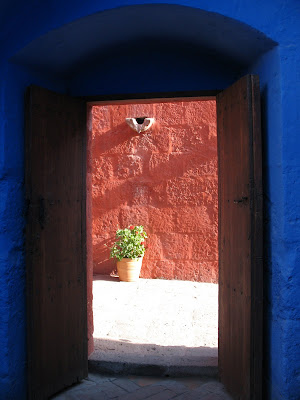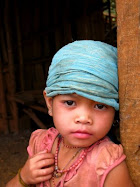Toro Muerto petroglyphs in Peru



Tall man waving

The animals look pretty cheerful!

The cow jumping over the moon?

This was a major trading route between the highlands and the coast. Why were these petroglyphs carved on so many rocks here? I think it was to ask the gods for safe passage across this dry, dry, dry desert.


A ritual dance with masks and headdresses. Perhaps part of the ceremony for safe passage?

In the Santa Catalina nunnery in Arequipa



A girl feeding the pigeons in the town square of Arequipa

Arequipa is called The White City because of the white granite used in construction of many of its buildings. This church is alongside the main square.

A small demonstration in Arequipa about rising food prices- rice, corn, and other staples. Also about lack of jobs. One protester told us ¨people who have money eat. people who don´t have money don´t eat.¨ Seems pretty obvious to some people, but in the States we are used to having plenty jobs and opportunities as well as social programs like welfare, unemployment, and food stamps. Here, there is not a lot to fall back on but family.








No comments:
Post a Comment